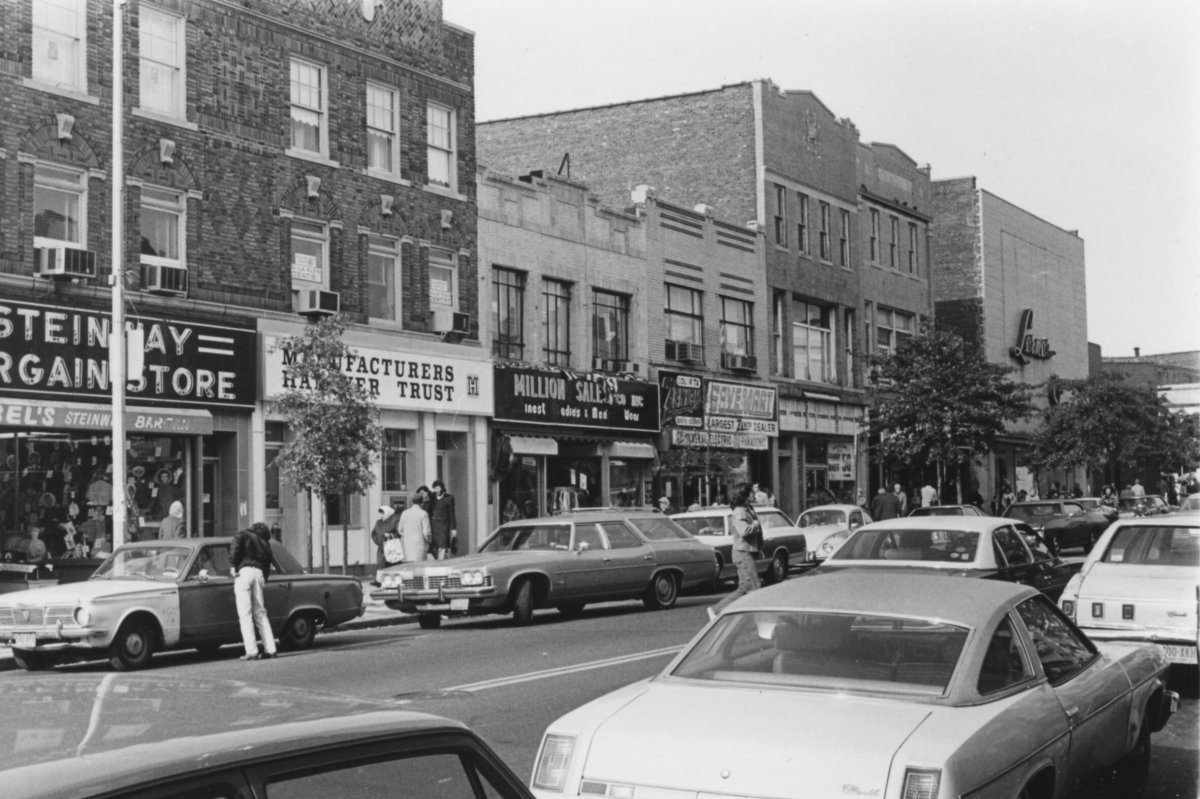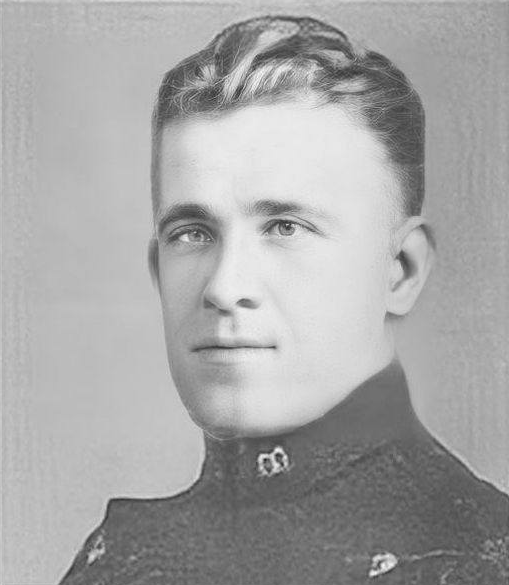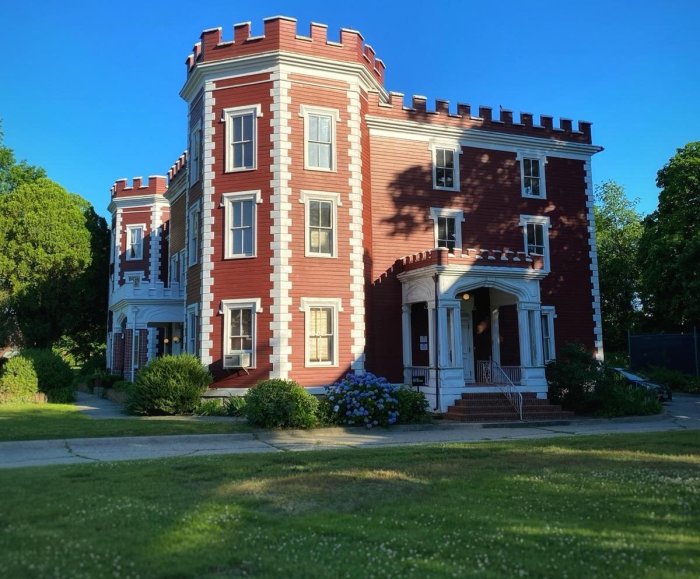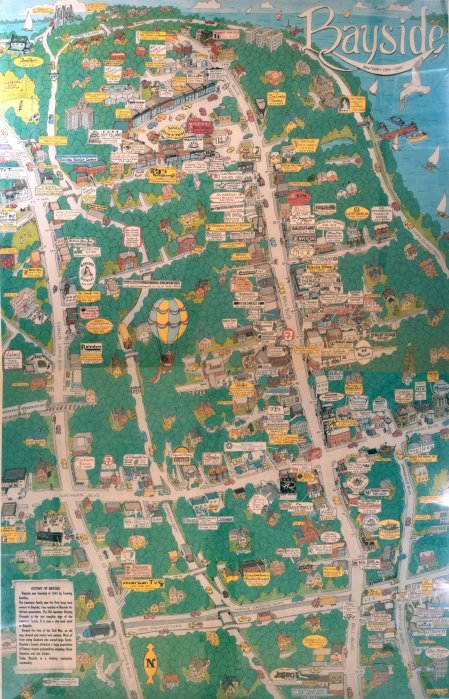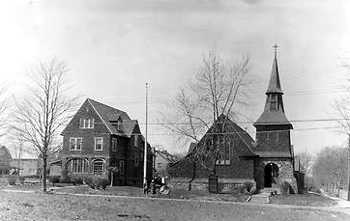Queens may only have made it onto the wider public’s radar in recent years to the discovery the borough is a thriving immigrant hub that offers cuisine and other staples that are not offered in other parts of the city.
But historians know that diversity is nothing new to what is now known as the “World’s Borough” with many of the old mainstays of German, Dutch, Catholic and protestant cultural signatures left through Queens that we still see today.
Astoria Historical Society President Robert Singleton looked back on the German period northwest Queens where Steinway Street sill bears the name of the famous piano manufacturers and architecture still hold some of the marks of the period when the Dulcken family of music settled in Astoria in 19th century.
But mostly, Singleton spoke of Queens as the working person’s borough in which members of the blue collar class from different cultural backgrounds lived with little conflict between one another.
“The interesting thing about working people is working people don’t fight with each other. They realize there is a common cause,” Singleton said, explaining the vibrant history of craftsmen such as silkmakers. “You can put it down as the American pageant.”
The “new world man” emerged in Queens, according to Singleton who used the term “man” with caution acknowledging that women were an important part of the framework of life in the development of Queens into what it is today.
Not only did the mix of people in the 19th and 20th centuries bring new skills and activities, but the culture of the Dutch as merchants is how Singleton believes the United States grew to embody the profile of savvy entrepreneurs.
Jack Eichenbaum, a historian with the Queens Historical Society, argues that early immigration to Queens was just as clustered into groups as the emigre communities of Manhattan were because of
commonalities.
The Irish carving out turf for themselves in Woodside is one example of this prior to Hibernians Americanizing and branching out, Eichenbaum points out.
This was similar to Germans who sought companionship with their own in Ridgewood, Glendale and Astoria — places that were also known for their breweries.
“Queens is in the forefront of a process that is comparatively nascent in other urban areas in the USA and abroad,” Eichenbaum told TimesLedger. “Queens had a head start in the intensity, diversity and interaction of immigrants and natives. It is in Queens that the genesis of a post-racist society is being realized.”
However, Eichenbaum said these communities came to neighbor one another in isolated bubbles at first, drawn to Queens by cheap living and jobs. But later generations began to gel with other groups as well as the White Anglo-Saxon Protestants.
Eichenbaum refers to this movement as acculturation, a 19th century term to describe urban blending of people.
But by the 20th century, Eichenbaum illustrates that Queens skipped this process altogether with very little direct immigration. Many of the groups arriving were moving out of Manhattan, a period in which the outer boroughs were consolidated into the city to relieve housing congestion and with the construction of the 7 train through the mostly rural towns of Queens in 1917.
But there was still a long way to go for diversity in Queens.
The development of Flushing Meadows Corona Park out of a former landfill made Queens an attractive real estate market where for single family homes, making neighborhood racially segregated.
When the United Nations established its headquarters in Queens in 1946, there were few options for ethnic workers who came to work in the area that Robert Moses initially envisioned as a campus for government workers, and additional housing had to be built to accommodate non-white employees.
Parkway Village, located on Main Street north of the Grand Central Parkway, became an “unusually” integrated community for the time, Eichenbaum claims.
Queens gained 299,000 inhabitants from Manhattan, Brooklyn and the Bronx during the 1950’s for the development opportunities it provided.
But while a 1924 quota on immigration slowed new inhabitants from anywhere other than northwest Europe down to what Eisenbaum calls a trickle, the Cold War years sees the birth of Roosevelt Avenue as we know it.
Refugees from communist countries such as Cuba began transforming the section from Woodside to Corona into a Latin quarter, Eichenbach said.
Further change came in the 1960s, as the World’s Fair attracted workers from Taiwan and China who settled in Flushing, planting the seed for the densely Asian center of culture we see today.
Eichenbach claimed that an important aspect to consider with later immigration to Queens in the 20th century is many of the people coming to New York City were not attracted to poorer neighborhoods.
“The new immigrants were predominantly middle class in their countries of origin and had middle class aspirations in New York City. Rather than settling in the poorest parts of the city, they found housing in older parts of Queens,” Eisenbach wrote in a research paper, “From the Ghetto to an Interwoven Fabric,” published in the Queens Historical Society’s newsletter.
And while Mayor David Dinkins and Gov. Mario Cuomo called the city a “magnificent mosaic,” Eichenbaum believes the these tiles of the mosaic lived isolated from one another until more recently.
“Yet as lovely as a mosaic composed of diverse tiles can be, with its whole clearly greater than the sum of its parts, there is still an impervious barrier between the tiles,” Eichenbach said. “And in the reality of Queens these barriers were beginning to crumble.”
Roger Sanjek, an anthropologist at Queens College, began to study Elmhurst and Corona in the late 1990s was one of the first outsiders to the community to observe that different nationalities were beginning to work together, at first informally and then later into a network of community organizations who worked to address social issues with local government.
Eichenbaum attributes much of the desegregating of Queens to young people.
“Much of the collaboration required for interweaving has come from the young who are increasingly heirs to different cultures as well as the product of Queens’ demographically inclusive schools and the young at heart who stayed in Queens despite -or because of- remarkable demographic change,” the historian wrote.

